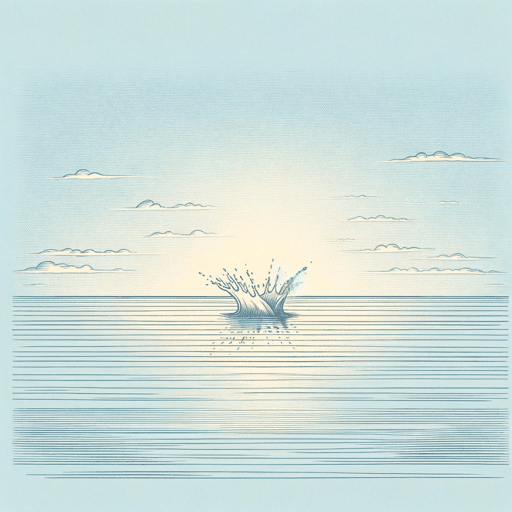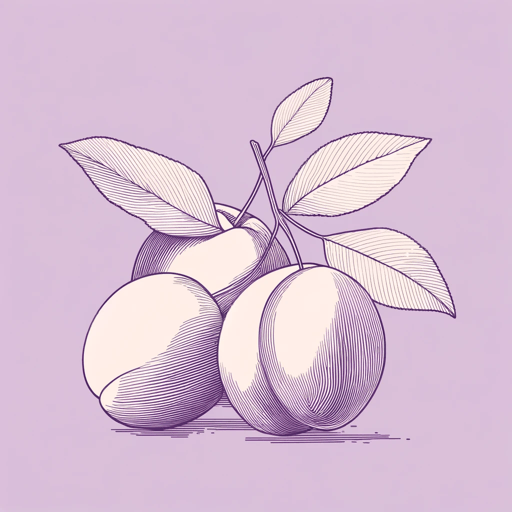18 pages • 36 minutes read
William Carlos WilliamsThis Is Just to Say
Fiction | Poem | Adult | Published in 1934A modern alternative to SparkNotes and CliffsNotes, SuperSummary offers high-quality Study Guides with detailed chapter summaries and analysis of major themes, characters, and more.
Symbols & Motifs
The Plums
If only the contrite husband, before heading out the door, had scarfed an apple, with its Old Testament symbolism suggesting the grand drama of the deep-seated itch of temptation, and the sad and inevitable urge to gratification that defines humanity’s postlapsarian state; or maybe grapes, which writers of Antiquity equated with bacchanalian indulgence; or, if you read Aesop, the symbol of humanity’s immemorial greed for things just out of reach. But plums?
The plums of course never actually appear in the poem. When the poem begins, the plums are already a memory, cased in the cold past tense “were” (Line 3). Certainly, the sweet and delicious fruit in the icebox has been freighted with extravagant readings by earnest readers of the poem—the plums are symbols of deep temptation, the brutal logic of selfishness, the gratification of the appetites at the expense of others—but these elaborate readings reveal more about the individual readers than about Williams’s fragile, spare poem. The plums then symbolize the invitation to do such elaborate reaching-into a poem but only, the poem cautions, with delicacy, respecting the premise of the text itself. Have at it, the poet encourages, but then when it comes time to set aside the poem, look into your own icebox, and find there strewn about carelessly, haphazardly objects—low fat milk, eggs, bottled water, cottage cheese—that can be similarly illuminated into suggestion, everyday objects never elevated into poetic lines, but nevertheless there for your delectation.
Related Titles
By William Carlos Williams

Approach of Winter
William Carlos Williams

Between Walls
William Carlos Williams

In the American Grain
William Carlos Williams

Landscape with the Fall of Icarus
William Carlos Williams

Paterson
William Carlos Williams

Spring and All
William Carlos Williams

Spring Storm
William Carlos Williams

The Red Wheelbarrow
William Carlos Williams

The Young Housewife
William Carlos Williams

To Elsie
William Carlos Williams

To Waken An Old Lady
William Carlos Williams

